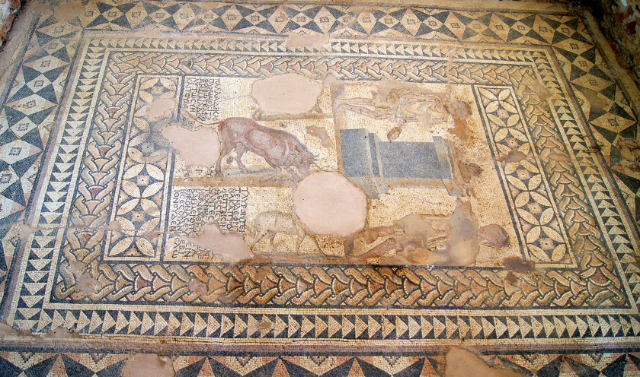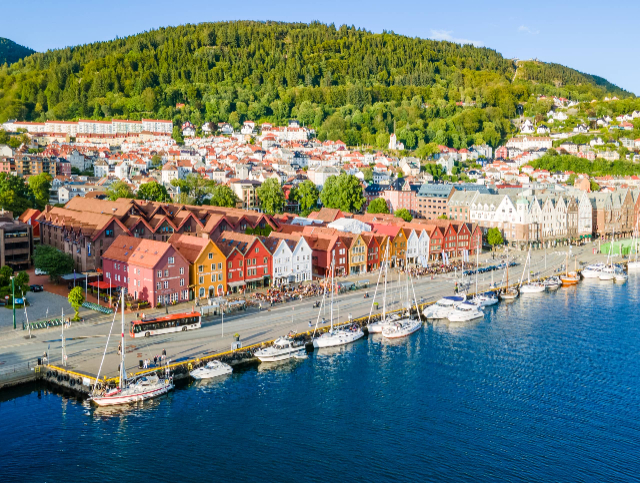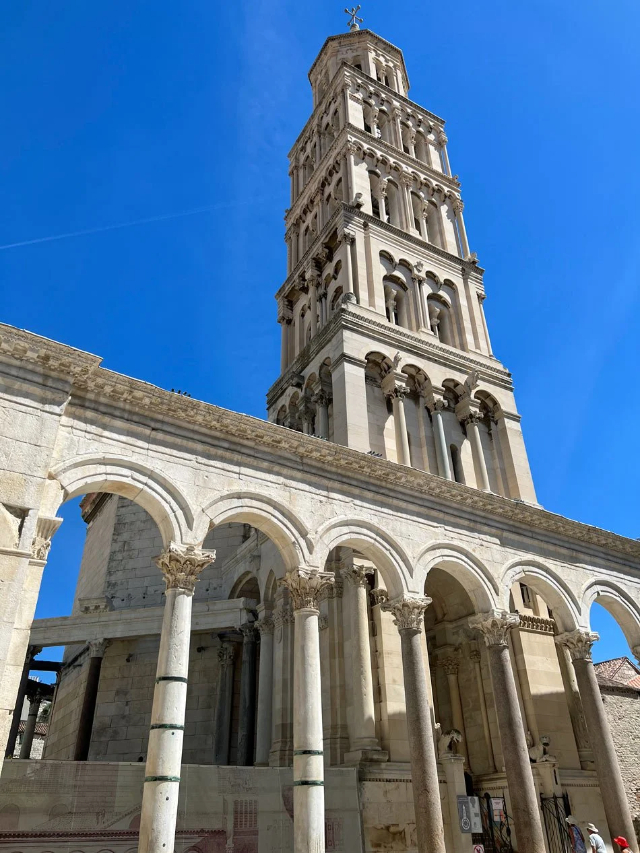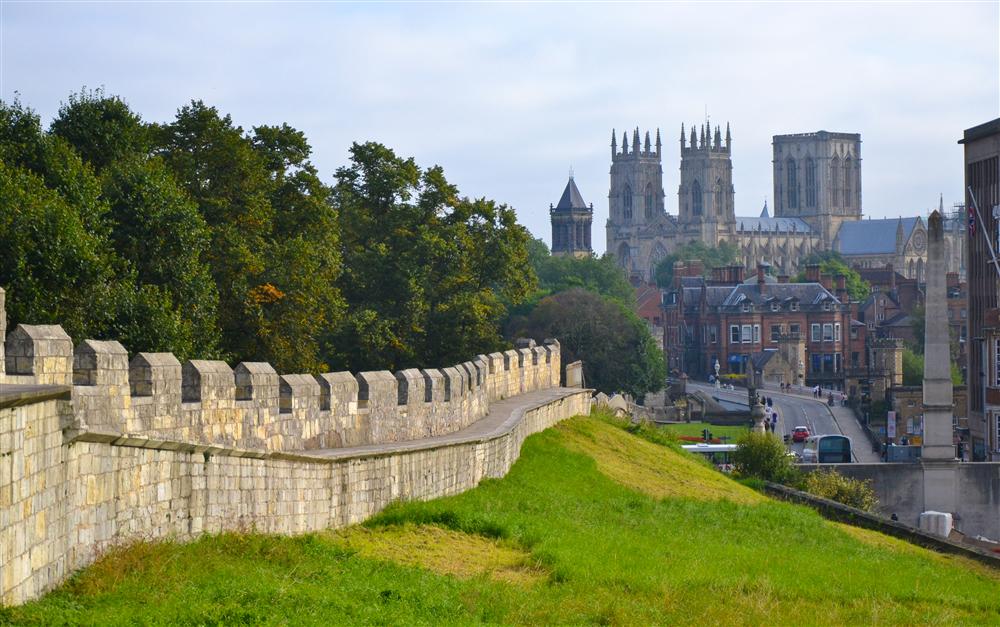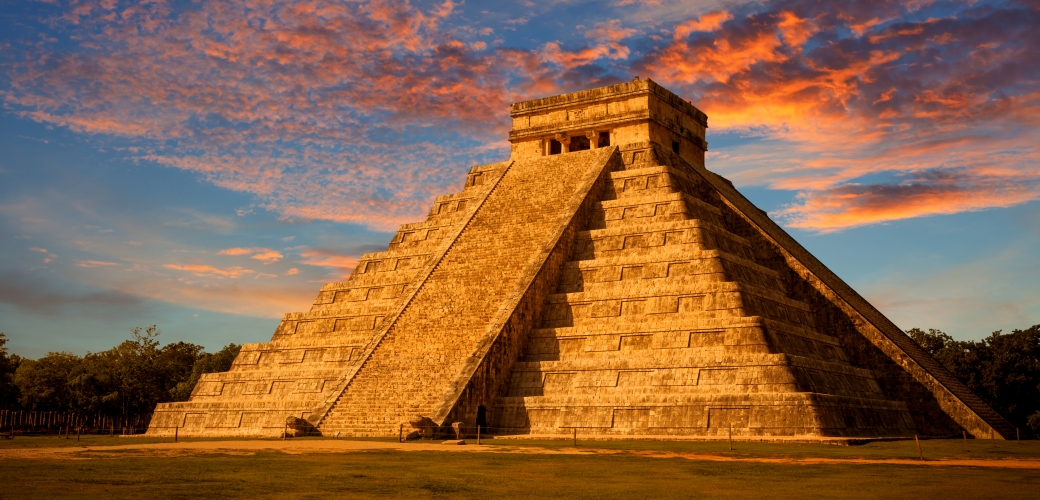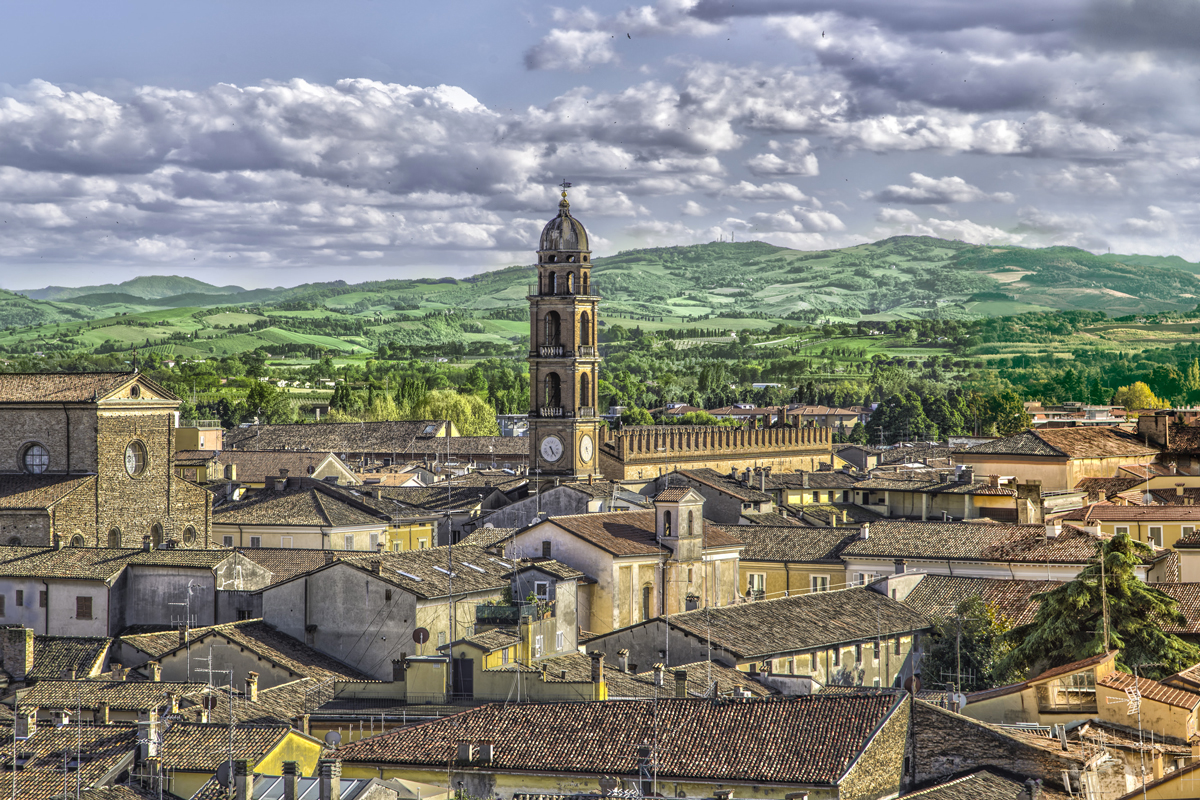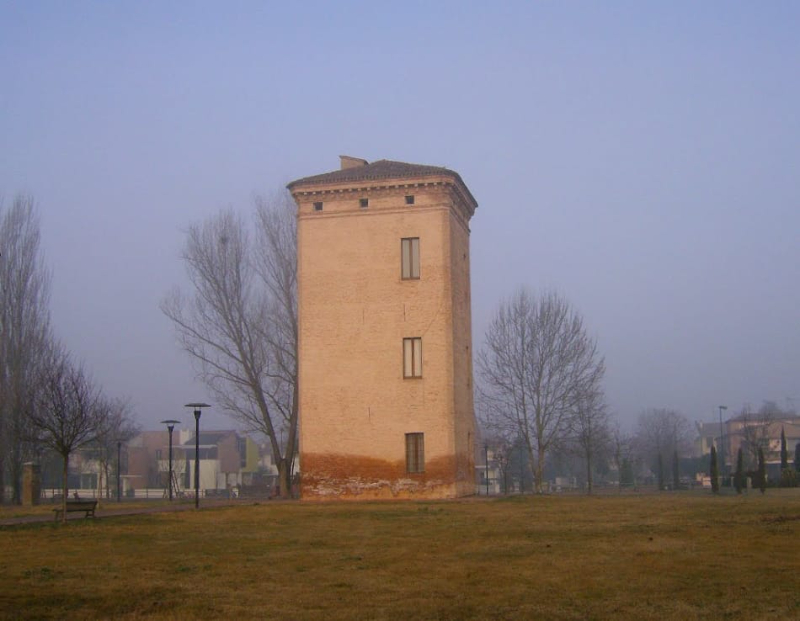For us Italians, fortunate inhabitants of a country rich in unique historical relics and incredible architectural beauties, finding Roman settlements during excavation activities is not a rare and particularly significant event. So, should you visit the cemetery of Fiskardo and the Roman villa of Skala during your holidays in Cephalonia? Absolutely yes! Encountering Roman artifacts abroad, in addition to demonstrating that we are not the first “Italians” to fall in love with this enchanting island, reminds us how intertwined the history of Mediterranean countries is and how these contacts have enriched all the civilizations involved… And if you’re traveling with little explorers, this break from the beach will certainly be a fantastic adventure for them!
Cephalonia’s location on the maritime routes to and from the West made it necessary for Rome to expand westward. The island became linked to the fate of the Roman Empire around 190 BC. After the Roman conquest, the island’s 4 city-states (Krani, Sami, Pali, and Pronnoi) lost their independence and experienced an initial period of economic and social decline. The population moved from the inland to the coast, and settlements developed outside the old city walls. Sami, thanks to its deep and sheltered bay where commercial ships could find safe mooring, became the main city on the island and was embellished with imposing buildings, baths, and port infrastructures. The same expansion, albeit to a lesser extent, involved all the city-states, and new settlements arose in Katelios and Fiskardo. Numerous artifacts from the era are still found today in Skala, Agia Efimia, Sami, and Vatsa on the Paliki peninsula.
Panormos is the name of the village founded where Fiskardo is located today. The monuments discovered so far show that the city was structured and developed like other prosperous coastal cities of the time. Given its centrality in the Ionian Sea, it certainly represented an important maritime station. Where the agora once stood, an oil vat and a warehouse with large amphorae have been found. A thermal complex was discovered in the bay of San Andrea, near the necropolis that can still be visited today. The Roman cemetery of Fiskardo was discovered in 2006 during excavations for a new building. In the numerous well-preserved tombs on the site, ceramics, bronzes, jewelry, finely decorated sarcophagi, coins to accompany the deceased into the afterlife, food residues, and banquet vases used for funeral dinners were found. The mausoleum in Tigania is the most imposing because it was found almost intact and with rich grave goods. On the wall opposite the entrance, there are two niches, where probably busts depicting the two buried people were located. The room is occupied by a tomb with an arched roof and a façade similar to a dwelling. Inside, a stone sarcophagus was found. Near the mausoleum, there was a theater with an orchestra, seats, and a niche. An even more extensive necropolis was located in the beautiful bay of San Andrea. Some of the tombs were family tombs, as deduced from skeletal remains.
The Roman villa of Skala dates back to the 2nd century AD and is located a short distance from the sea. The site was accidentally discovered in 1944 by the landowner, and archaeological excavations began in 1957. Probably belonging to a wealthy Roman landowner, the villa consists of six rooms, still today equipped with colorful mosaic floors. Curious is the choice of subjects depicted in the decorations: one of the mosaics portrays Envy torn apart by 4 beasts, perhaps to ward off visitors’ jealousy in front of the house’s wealth. A second mosaic represents an animal sacrifice to indicate the importance of religion and nature for the farm owners. It is assumed that a fire destroyed the villa in the 4th century AD, and that on the ruins, a few centuries later, a Christian church was built, which remained in function until the 9th or 10th century.

